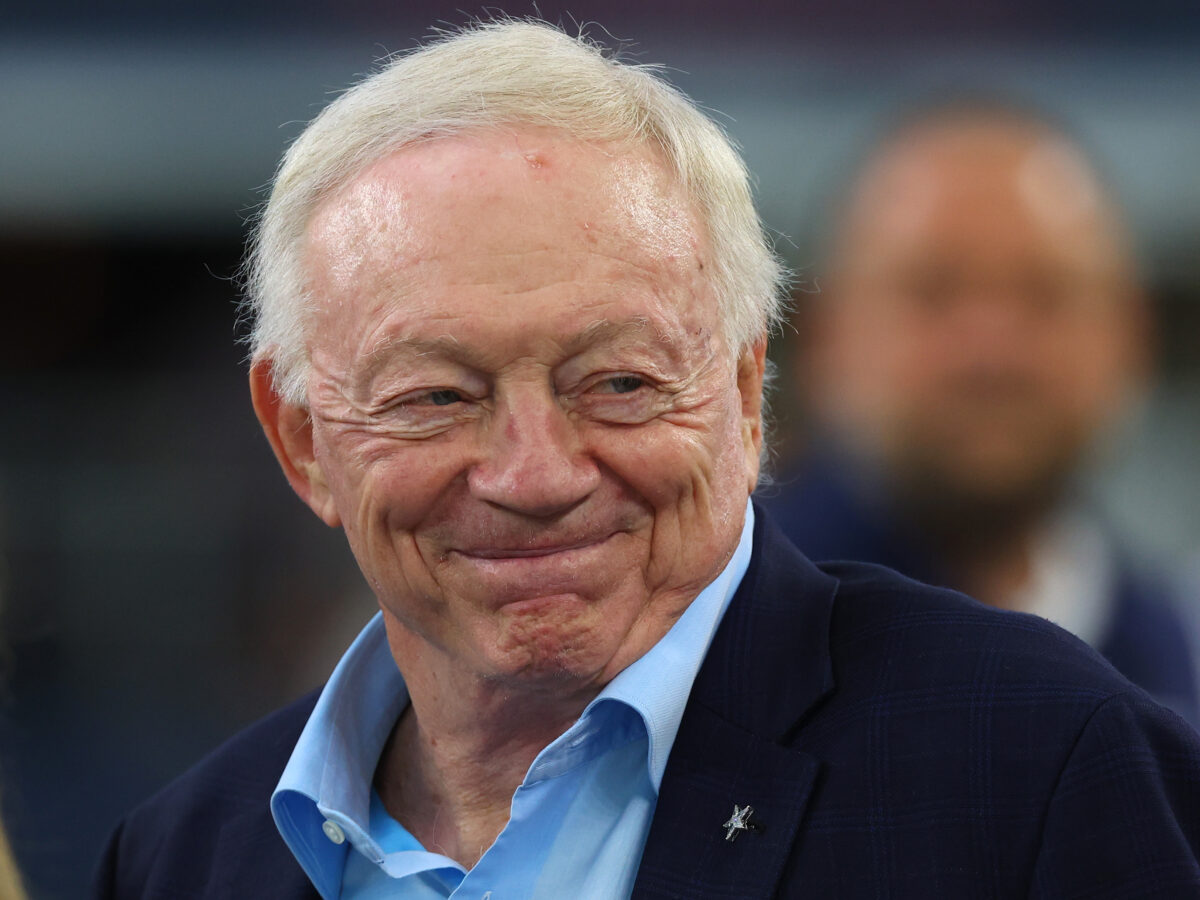The Dallas Cowboys were quiet at the NFL’s trade deadline Tuesday. Their inactivity on Halloween was a haunting reminder they like the players they have and refuse to commit to an “all-in” attitude many of their counterparts have recently embraced. Right or wrong, it’s the reality of the team.
This isn’t to say upgrades were not available or the Cowboys were uninterested in making upgrades. It’s because the options that would have helped them, cost so much in trade compensation, they would have obligated Dallas to re-sign them. And that, the Cowboys could not have afforded.
For as conservative as Dallas can be, they still monitor the market and constantly look to improve. It’s how they scored trades that brought in Stephon Gilmore and Brandin Cooks last March.
Neither Gilmore nor Cooks cost them anything more than Day 3 draft picks. They arrived with below-market salaries and were veterans with plug-and-play ability. They were fantastic deals by nearly every measure, and they were used to justify a fairly underwhelming dive into free agency.
The beauty of those trades was the cost to acquire was low enough they didn’t feel obligated to re-sign them to extensions. When Dallas traded for Amari Cooper in 2018, it cost them a first-round pick. At a price that steep, the trade only made sense if they were planning to extend and retain Cooper.
Here in 2023, the Cowboys could have upgraded at a number of positions at the deadline. They could have used help at CB, OL, LB, and possibly even RB. But not just any old player would do. The help they needed would have to be an upgrade over the players who are getting snaps today.
And those players were going to be costly.
If the Cowboys used a Day 2 pick on a player at the deadline, they would have felt obligated to give him a new deal. Looking at all the costly contract extensions coming up in Dallas, that’s not something they are eager to do.
There’s a narrative the Cowboys draft better than anyone else, therefore they don’t need to look outside the organization to fill holes. That’s not entirely correct. Plenty of teams draft well. By many accounts, even better than Dallas. Their young and inexpensive players play significant roles for their franchises.
The Cowboys are still generally a young team, but they largely rely on veteran players on second contracts to take most of the snaps. Dallas is in the bottom half of the NFL in snaps played by players on their rookie deals.
Some very interesting takeaways from this chart. 1) lots of teams draft well 2) it’s not just bad teams who play their young players. 3) The Cowboys need more from their cheap labor force (Thnx to @josephjefe for the graphics). pic.twitter.com/2C8DomEjgw
— Reid D Hanson (@ReidDHanson) November 1, 2023
If the Cowboys had more players playing meaningful snaps on rookie contracts, they could probably afford to trade and re-sign helpful players at the deadline. But they don’t.
And since the Cowboys refuse to seize the moment and take advantage of what appears to be a widely ajar window of opportunity, they stand pat at the deadline. Again, right or wrong, it’s just how the Cowboys front office does things.
So, it wasn’t just that the cost to acquire players was too high, it was also the feeling of obligation to re-sign said players to costly extensions. Because the Cowboys inexpensive players on rookie deals aren’t doing enough heavy lifting right now to offset the cost of adding and re-signing another expensive veteran.
[affiliatewidget_smgtolocal]
[lawrence-auto-related count=3]
